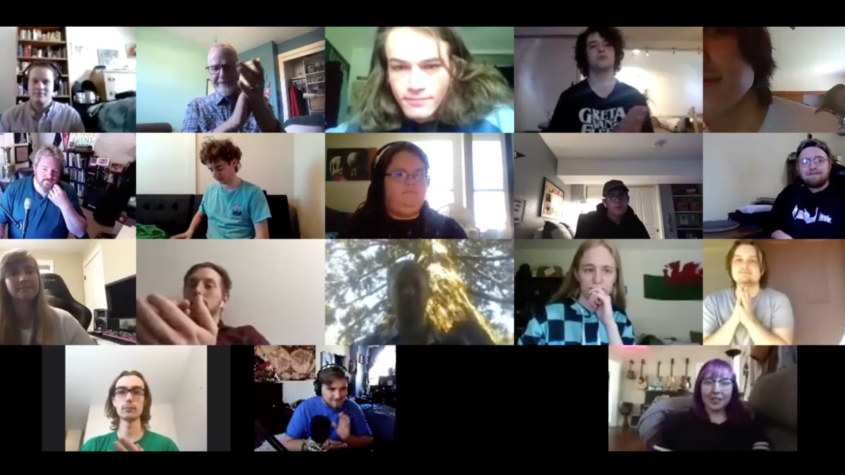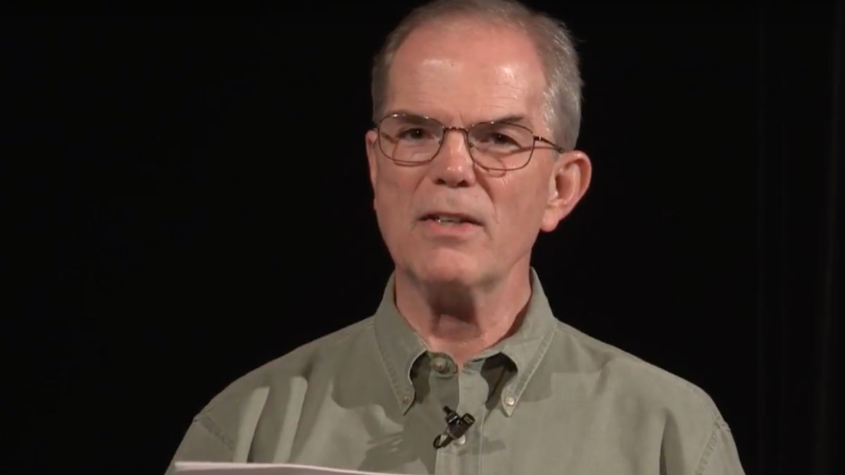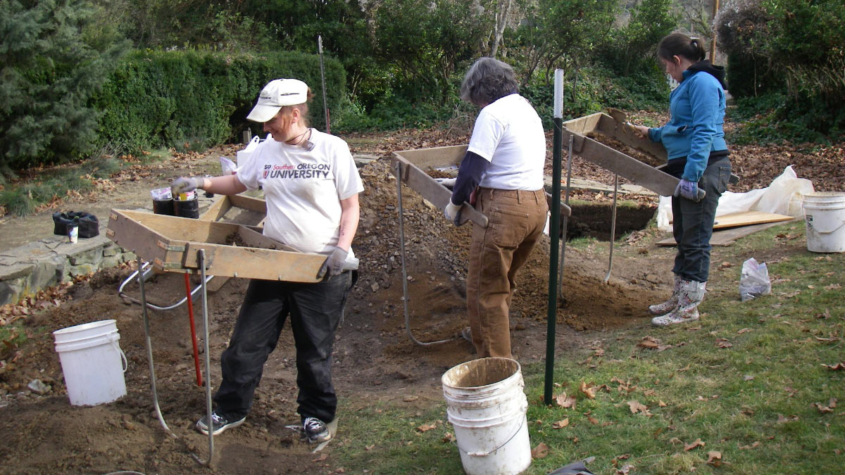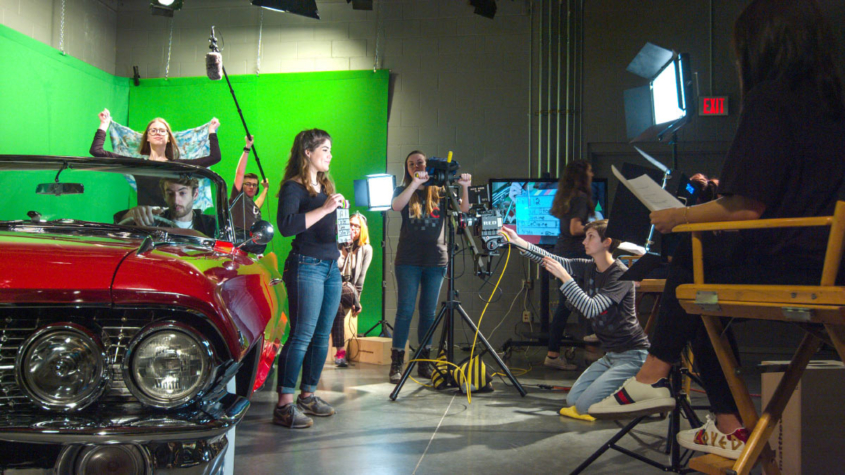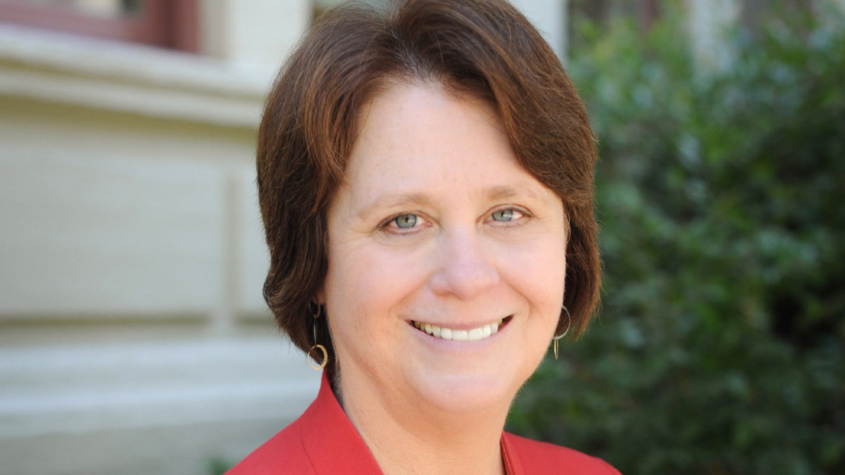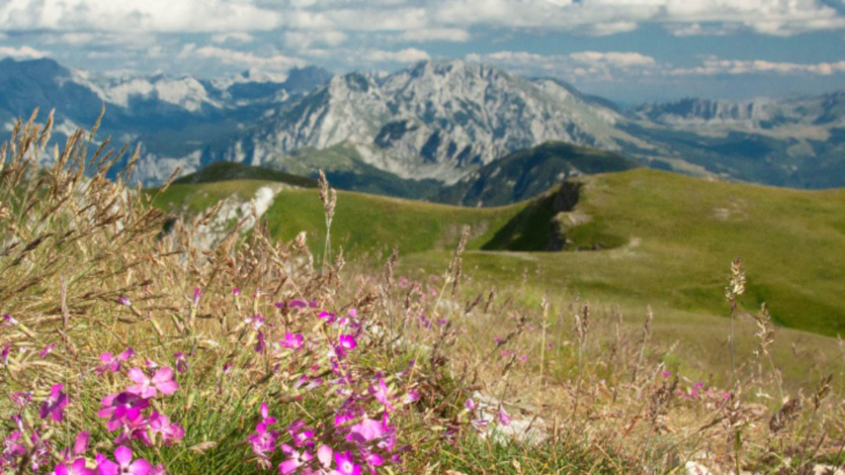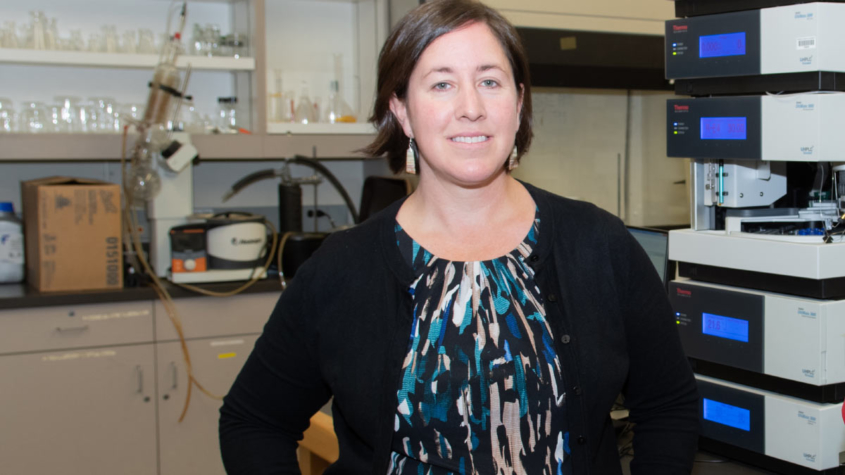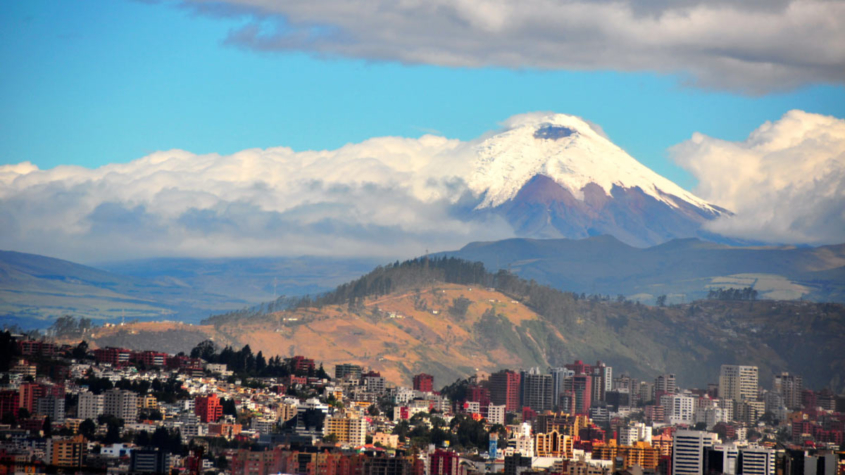SOU music ensembles get creative in their new, virtual reality
With some schools cancelling ensembles altogether, Paul T. French – Southern Oregon University’s Director of Choral Studies and Vocal Studies – had doubts about the spring ahead for his corner of the Music Program in the Oregon Center for the Arts at SOU. The idea of taking the choir virtual was especially daunting, with the experience rooted in collaborative rehearsals and harmonious performance.
“I didn’t even have a Google calendar,” French joked, “so we’re all kind of crawling forward and learning this together.”
SOU’s Chamber and Concert Choirs are joined for now and still rehearse twice weekly online. With upwards of 50 people on the screen, French and concert choir director Kendra Taylor watch as the singers mute themselves in their homes and perform individual parts to a piano accompaniment written by French’s wife, SOU instructor and staff pianist Jodi French.
Once they’ve learned and perfected the parts, they’ll record and send them to Taylor, who will plug them into and arrange them on an online music platform called Soundtrap.
“It calls for a lot of accountability from individual students because they can’t lean on other people, so the bar is higher and their own contributions are that much more meaningful,” Paul French said. “I’m proud of the students because they’re compassionate when we screw up and want to do whatever it takes to move forward, and after our second rehearsal the chat bar was full of all these tremendously positive and excited comments.”
The recording will be released later this spring. They hope to add a video component and perform the piece live in the fall, if all goes well.
Terry Longshore, SOU’s director of percussion studies, is taking a similar, virtual tack. Originally, he and SOU Raider Band director Bryan Jeffs had been invited to take 17 students to New York City in May for the inaugural “Long Play” music festival by the renowned contemporary music organization Bang on a Can.
In lieu of that trip, and considering the limitations some students have without access to their instruments, they’re working on an 18-minute piece in which 16 performers will pour dry rice over various materials – metal, wood, and leaves, to name a few. It will explore textural changes created by the rate at which the rice is falling. They will eventually turn their individual recordings into a video collage, and will later have the chance to interview the piece’s composer, Michael Pisaro of the CalArts School of Music.
Their other ideas include breaking into small groups that will create original soundtracks to short, silent films.
“They’re excited about the projects because they get to take advantage of what we have and try to make lemonade out of it while still learning something, having a unique creative experience and putting something out in the world that we’re proud of,” Longshore said.
French concurred with the sentiment.
“Given how isolated we feel, we’re not together, but we can see each other and create something together,” he said. “We still need art and this is what we can do.”
Story by Josh McDermott, SOU staff writer

